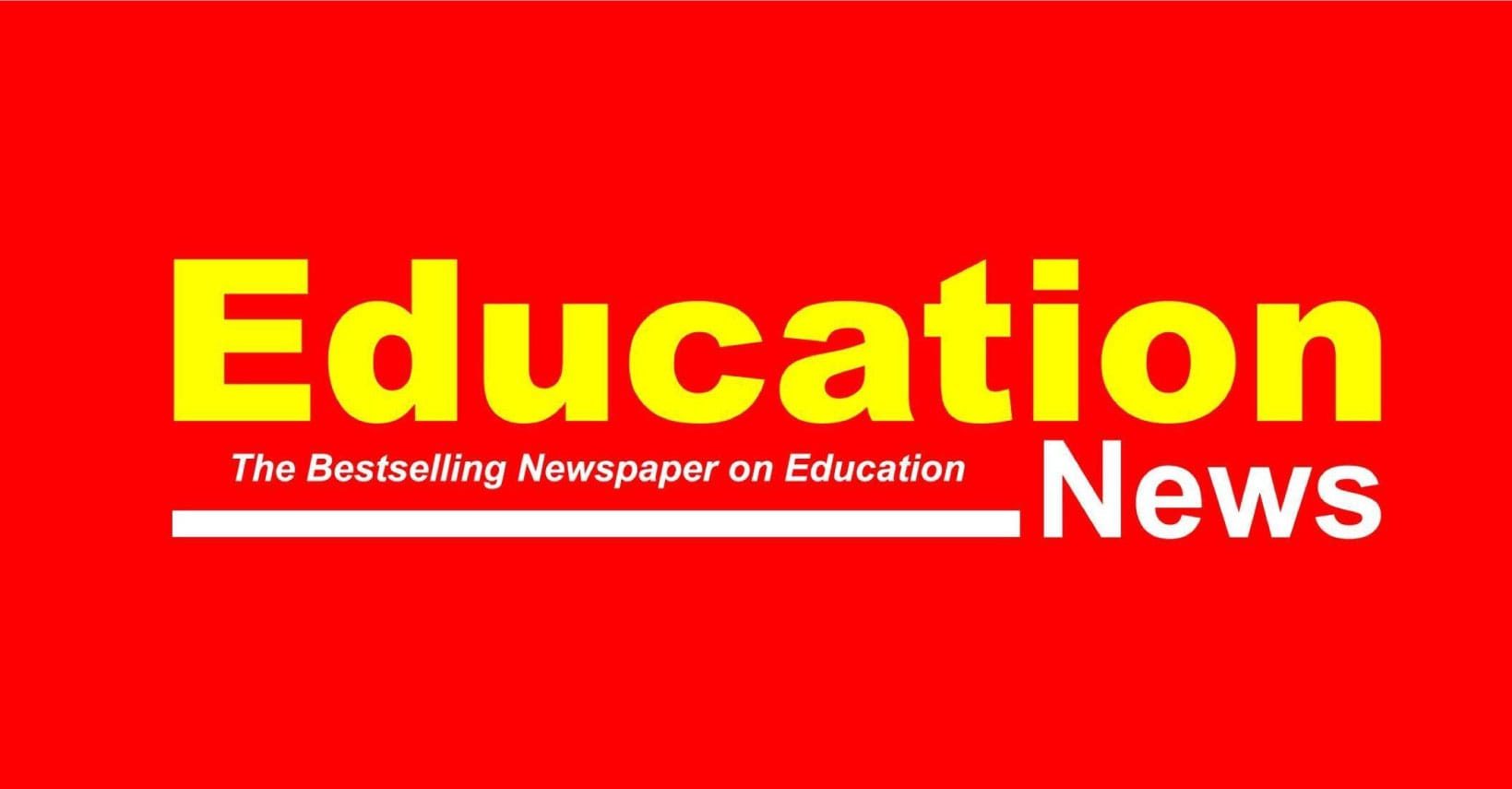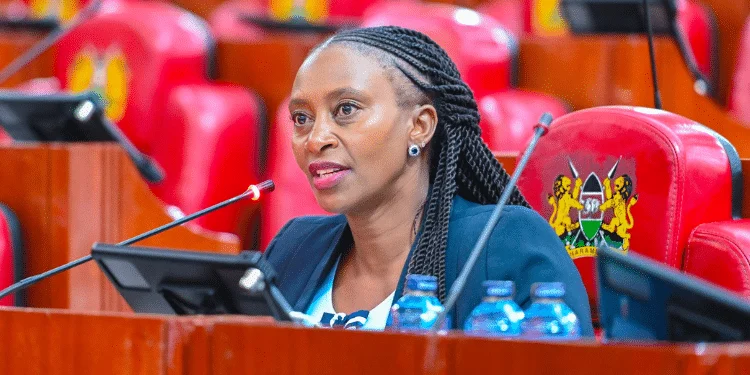For correct conseptualisation of the Competency-Based Education (CBE), in this 4th essay, I was able to say more about Community Service Learning (CSL). Foremost, CBE gives room for CSL because real learning should take an experiential dimension or direction. This integrates classroom learning and community service, which ultimately inspire learners to feel the heartbeat of the community.
Ideally, the 2009 Summative Evaluation Report revealed that the 8-4-4 System of Education, which is becoming moribund in 2027, was highly-academic and exam-oriented. Meaning, the Achilles heel of 8-4-4 was that it had limited flexible education pathways. Hence, denying graduates the opportunity to discover and develop necessary attitudes, aptitudes, talents and inherent interests. Yet, that should be the road worth traveling while preparing for world of work, career progression and promotion.
Therefore, Basic Education Curriculum Framework (BECF, 2017) enshrines the essence of CSL. The architects of CBE envisioned that CSL would promote transformation of society. As it inculcates in learners useful values to enable them to provide essential services in the community.
Likewise, the Kenya Vision 2030 emphasises the link between education and labour market. Arguing that learners should get robust support to develop basic entrepreneurial competencies. In order to realise National Development Goals (NDGs), CSL manifests at its best: to provide infinite spectra of opportunities for empowering citizens with specialised knowledge, 21st Century Skills and comely competencies.
Consequently, Kenya Vision 2030’s Social Pillar, aims at building a just and cohesive society, which cherishes social equity, salubrious and secure environment. This is also in perfect agreement with the Constitution of Kenya 2010, which upholds pristine principles such as social justice, equity, inclusiveness and sustainable development.
ALSO READ:
NYS launches nationwide recruitment exercise for lecturers and technical instructors
Then, it is instructive to note: CSL focuses on extension of learning experiences beyond the four walls of classrooms. In addition, there is a global acknowledgment. It postulates: Involving students in community service has a puissant impact on learning outcomes. Our curriculum reform nods to the notion. No wonder, we have been seeing children under CBE going out of classroom to engage in some practical activities in the neighbourhood.
At this juncture, it is worth stating the 6 Major Objectives of CSL. By the end of the Middle School Level, the learner should be able to: Firstly, apply knowledge, values and positive attitudes to address needs and challenges in their immediate community. Secondly, utilise basic research, leadership, communication, financial and entrepreneurial skills to address challenges in their immediate community. Thirdly, participate in relevant projects within the school and community for mutual benefit and learning. Moreover, participate in local and national community activities as responsible citizens. Penultimately, embrace moral values and positive attitudes in day-to-day life. Then, appreciate diversity for harmonious living within the precincts of the community.
Actually, 6 Key Principles will guide the impressive implementation of CSL in the CBC. This will include: Training and Continuous Professional Development of Teachers, Community Empowerment and Engagement (CE&E), reflective learning, whole-school approach and inclusivity.
More knowledge on implementation: Early years and Primary Grades (4-6) Curriculum Designs provide for age appropriate CSL activities for each strand (where applicable) in every grade. The suggested CSL activities correlate with the subject matter. Learners in age-appropriate community-based activities, which should support the achievement of learning outcomes. Life Skills Education domiciles CSL activities.
For instance, a sneak peek at Life Skills Education in Junior School Grade 7 gives an in-depth insight into the correct concept of CSL. In addition, it provides raft of good guidelines on how to carry out well-thought-ought CSL projects. Learners should engage in one integrated group project. The learning approach should take the form of a whole school approach, where the school community participates in the learning process.
ALSO READ:
Kenya’s Jobo and Uganda’s Bukedea in goalless stalemate as Butere Girls fall
Progressively, at Senior School, Community Service Learning (CSL) and Physical Education (PE) are core-subjects irrespective of the Career Pathways chosen by learners. Each learner will carry out at least 135 hours of Community Service Learning throughout the 3 years of study in Senior School (Grades 10-12). Identified individuals assigned to support the learner undertaking the community service will sign a logbook against the hours served. Ideally, Kenya Institute of Curriculum Development (KICD) will develop the logbook. Every learner will own a logbook. Then, Capstone CSL Project will be part and parcel of the summative assessment.
What are the steps for carrying out CSL? My pen provides seven steps in this piece. Firstly, there is the identification of a problem in the community through research. Secondly, there is a plausible plan on how to solve the identified problem in the community, which entail tools for data collection, places for data collection and target groups. Thirdly, there is the designing of solutions or strategies to address the problem identified. Fourthly, there is the focus on resources that will go into the project. Consequently, there is the implementation of the recommended solutions to address the problem. Then, this is followed by sharing, reporting on the findings of the project. The last step steers clear on reflecting on the learning plus relevance of the project.
Ostensibly, CSL skills to be covered are research, communication, citizenship, leadership, financial literacy and entrepreneurship. Learners will develop research skills as they investigate CSL to address the activity. More into it. There are wonderful ways and tools of data collection. There is a manner in which they will analyse information and present their fantastic findings. Then, learners will develop effective communication skills as they confer with peers and community members. This will encompass active listening, asking relevant questions and presenting using different modes and models.
Finally, learners will explore oodles of opportunities for engagement as members of the school community and provide services for the common good. Prime, at same time, learners will consider how they can undertake the project. As they source for and utilise readily available resources in an effective way. In the whole scheme of things, learners will consider a myriad of ways of generating handsome income through innovation for CSL activities.
By Victor Ochieng’
The writer is an educator – academic and career consultant – who rolls out talks and training services in schools. vochieng.90@gmail.com. 0704420232
You can also follow our social media pages on Twitter: Education News KE and Facebook: Education News Newspaper for timely updates.
>>> Click here to stay up-to-date with trending regional stories
>>> Click here to read more informed opinions on the country’s education landscape






